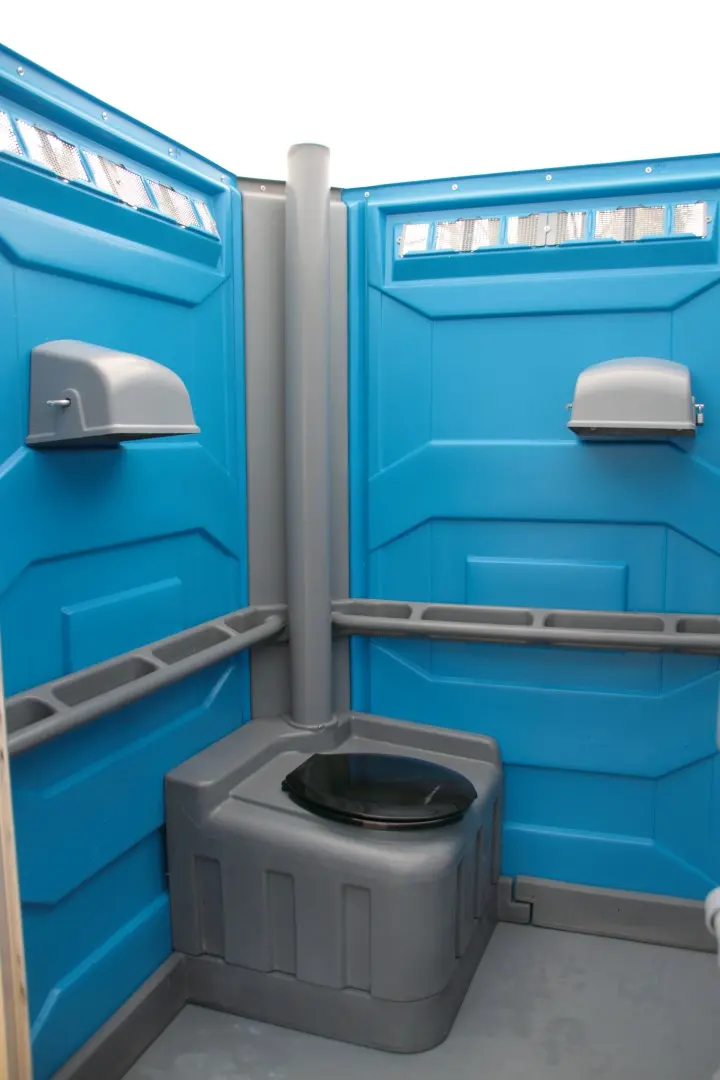Planning Your Outdoor Wedding: The Essential Guide to Restroom Trailer Rental
Outdoor weddings have this pull that’s hard to put into exact words — maybe it’s the light, maybe it’s the space, maybe just the way people relax when they’re outside. It feels less rigid than a hall and more alive somehow. That’s probably the reason so many couples lean toward it. The odd thing, though, is that during planning the focus always piles onto food, flowers, music — all the beautiful things — while one really plain but important detail sits forgotten until late in the game: bathrooms. Not exciting, but without them, the whole event can tip from smooth to slightly uncomfortable very fast.
By having a restroom trailer rental, what actually gets delivered isn’t just a plastic box. It’s a unit with sinks that run, mirrors you can actually see yourself in, lighting that feels normal, and those little extras that make the space seem more like stepping indoors than outside. People don’t walk in frowning — they just use it quickly and head back out without giving it much thought, which is the whole point.
Why Wedding Restroom Trailers Are Non-Negotiable
Preserving Event Elegance: The overall atmosphere of a wedding is built out of details, and restroom trailers play a bigger role than most would guess. These units aren’t just practical boxes dropped on the edge of the site. They come with flushing toilets, working sinks, proper lighting, and even ventilation systems. In other words, they behave like a real indoor bathroom rather than something temporary. That small difference keeps the mood consistent. Without it, guests go from candlelit tables to a plastic stall, and the contrast feels jarring enough to break the sense of elegance.
Guest Comfort Considerations: Weddings last hours, sometimes stretching across the entire day. During that time, guests expect more than just a quick stop. They may need mirrors to adjust hair or makeup, space to manage formal clothing, or simply a private moment away from the crowd. Portable toilets offer none of this. Restroom trailers, however, give breathing room and comfort. On the surface, it may seem like a small detail, but in reality, it has a major impact on the flow of the day.
Weather Protection Benefits: The weather is, quite frankly, unpredictable. A sunny start can quickly turn to rain, or a cold wind might cut through an otherwise warm afternoon. Trailers act as a reliable shelter. Guests can step inside, protected from rain, wind, or even excessive heat. It isn’t just about convenience — it’s about giving them a small, steady place that feels safe no matter what the weather throws at the event.
Determining the Right Size and Features
Guest Count Calculations: Numbers matter. A simple rule is one toilet for every 25–30 guests during a four-hour period. Longer receptions or higher guest counts call for more units. If this isn’t considered properly, lines form — and nothing breaks the rhythm of a celebration faster than people queueing when they should be laughing, eating, or dancing.
Essential Interior Features: The nicer trailers tend to have stronger mirrors for makeup, counters that don’t shake when leaned on, and sinks that are actually stocked with soap and towels. None of it sounds remarkable, but guests end up counting on those small things without even realising they’re doing it. Depending on the season, climate control makes a huge difference too. A chilly autumn evening feels worse in a freezing unit, while a midsummer day can make a small, stuffy trailer almost unbearable.
Luxury Upgrade Options: There are also trailers designed with style in mind, not just function. These tend to have decorative finishes, better fixtures, or softer lighting that flatters rather than exposes. A few even provide a private space for the bridal party — useful when a dress needs adjusting or makeup needs fixing in a hurry. Extras like these are not strictly required, but they add to the sense of occasion. Most guests won’t mention these details out loud, but they do register them. A plain, bare unit feels exactly that way, while one with a bit of care put into it leaves a much quieter, better impression.
Key features to prioritise include:
- Toilets that flush properly — hygiene is non-negotiable.
- Running water, ideally both hot and cold, so handwashing feels thorough.
- Interior lighting strong enough for grooming tasks.
- Ventilation that prevents stuffiness during long use.
- Flooring that doesn’t turn slippery if the weather turns wet.
Strategic Placement and Integration
Accessibility Without Intrusion: Placement is a balancing act. Trailers should be near enough for easy access but far enough to avoid interfering with the central atmosphere. Guests shouldn’t have to trek, but they also shouldn’t see the facilities in every wedding photo. Careful positioning keeps them convenient yet discreet.
Ground Surface Considerations: A trailer can’t just be dropped anywhere. It needs steady ground — grass, gravel, or a flat paved area usually works. If the spot is soft or uneven, problems start right away. Talking this through with the rental company before delivery avoids last-minute headaches. A trailer set down badly looks like an afterthought, while one placed properly blends into the setting as if it belonged there.
Utility Connection Planning: The larger or upgraded trailers don’t only run on electricity — a few of them require a water hookup as well. It’s hardly the exciting side of wedding planning, but if it’s ignored, problems and extra costs appear on the day itself. Sorting it out early is dull, yes, but it’s one of those jobs that saves a lot of stress later.
Booking Timeline and Logistics
Advance Reservation Importance: During peak months, restroom trailers are in high demand. Wait too long and the good ones are gone, or the price goes up. Booking early isn’t complicated, it just takes one call, but it takes a weight off later. Couples already juggle enough — this is one of those jobs that should be ticked off early.
Delivery and Setup Coordination: Timing often gets brushed over but ends up mattering. Crews usually come in hours before the wedding starts, setting the unit up, connecting utilities, and stocking supplies. If that overlaps with catering, music setups, or tent building, it can cause delays. Coordinating properly keeps everything moving smoothly.
Post-Event Removal Process: After the celebration, providers typically return to remove the trailer and manage cleaning. Most companies handle everything, though confirming details ahead of time avoids confusion. A delayed pickup can hold up venue staff or add costs that weren’t expected. A simple conversation early on keeps the process neat and stress-free.
Conclusion
Outdoor weddings can look and feel like they almost run themselves — the backdrop does so much of the work. But that only holds true if the practical parts are handled. Restroom trailers may not sound like a top priority at first, though in reality they shape the day in quiet but important ways. They give privacy, keep things orderly, and act as a fallback if the weather suddenly shifts.
The actual planning isn’t complicated. It’s mainly about picking the right size, double-checking setup requirements, and booking far enough ahead. Skip those steps, and guests notice — not for good reasons. Get them right, and the facilities fade into the background, which is the goal. The memories that last are the vows, the laughter, the dancing, while the practical side just works quietly without drawing attention.
Also Read-Beaver Homes vs. Custom Builds: A Comparison for Your Next Ontario Home

